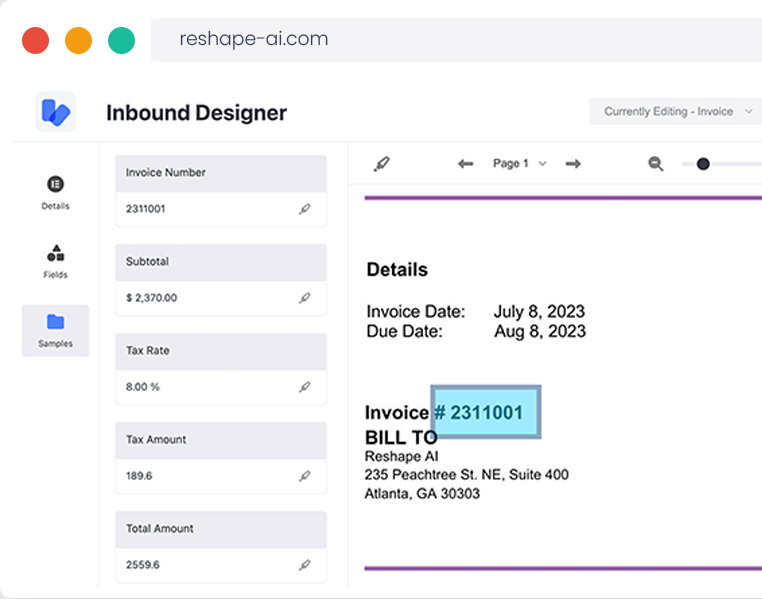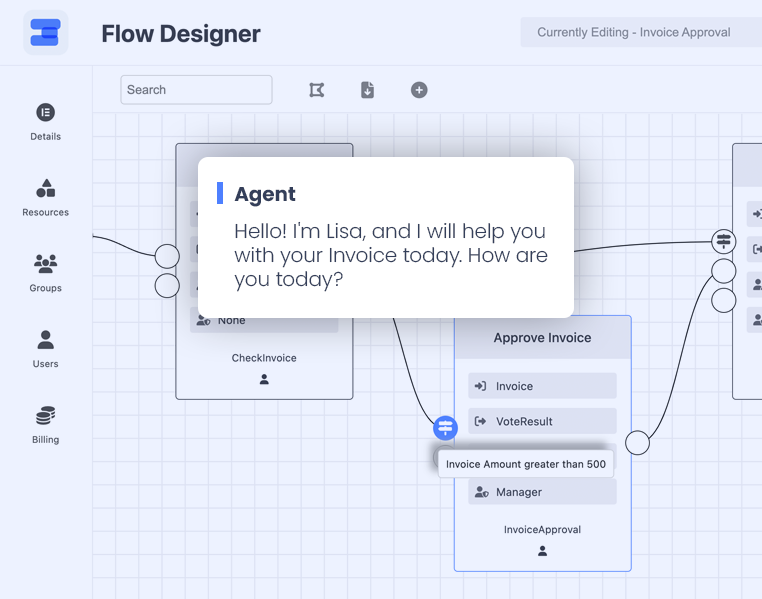In the rapidly evolving landscape of artificial intelligence (AI), businesses are continually seeking ways to leverage this transformative technology to gain a competitive edge. However, the key to unlocking AI’s full potential lies in identifying the right use-cases that can drive meaningful improvements in business operations.
Here is what we learned, talking to prospects and clients.
Focus on Hard-to-Automate Processes!
Before diving into completely new use-cases, businesses should first focus on automating processes that have historically been difficult to automate. This strategic approach not only ensures a smoother transition to AI-powered operations but also maximizes the return on investment (ROI) by addressing the most pressing inefficiencies.
The Challenge of Automation
For decades, businesses have grappled with automating repetitive and time-consuming tasks. Traditional automation solutions, while effective for structured and predictable processes, often fall short when dealing with complex, unstructured data. Documents, in particular, present a formidable challenge due to their diverse formats, varying structures, and the need for contextual understanding. This is where AI, with its advanced capabilities, steps in to bridge the gap.
Intelligent Document Processing: A Prime Use-Case
Intelligent Document Processing (IDP) leverages AI technologies such as machine learning (ML), natural language processing (NLP), and computer vision to automate the extraction, classification, and analysis of information from a variety of documents. Here’s why IDP stands out as an ideal use-case for businesses looking to harness AI:
- Handling Unstructured Data: Businesses deal with an overwhelming amount of unstructured data in the form of invoices, contracts, emails, and reports. Traditional automation tools struggle to interpret and process this data accurately. IDP, however, excels at extracting relevant information, understanding context, and converting unstructured data into structured, actionable insights.
- Improving Accuracy and Efficiency: Manual document processing is not only labor-intensive but also prone to errors. By deploying AI-driven IDP solutions, businesses can significantly reduce the risk of human error, ensure data accuracy, and accelerate processing times. This results in more reliable data and streamlined operations.
- Reducing Costs: Automating document processing with AI reduces the need for manual labor, lowering operational costs. Additionally, faster processing times translate into quicker turnaround and improved customer satisfaction, further contributing to cost savings and revenue growth.
- Empowerment of Business Users: One of the most compelling benefits of IDP is its ability to empower business users. Traditional document processing systems often rely on predefined templates, legacy patterns, and region definitions that are complex and inflexible. In contrast, modern IDP solutions use AI to extract information based on definitions that business users can easily read and understand. This user-friendly approach enables non-technical staff to configure and manage document processing workflows without needing specialized IT support. By putting control in the hands of business users, organizations can become more agile and responsive to changing requirements.
Leveraging AI for Intelligent Document Processing offers businesses a practical and impactful way to automate complex, document-centric processes. By focusing on automating tasks that have been historically challenging, companies can achieve significant gains in efficiency, accuracy, and cost savings. As AI continues to evolve, the potential for further advancements in IDP and other areas of business operations is vast, promising a future of innovation and productivity.









